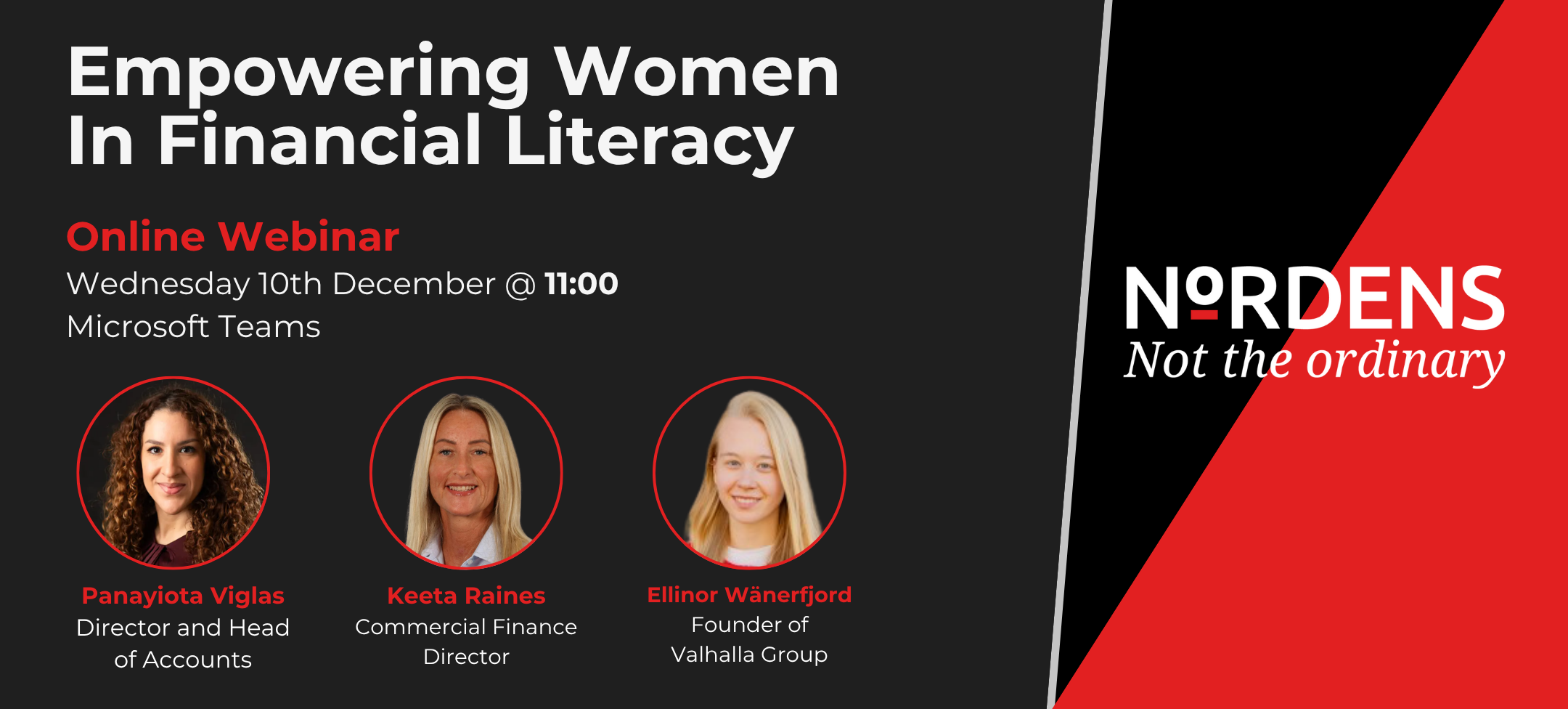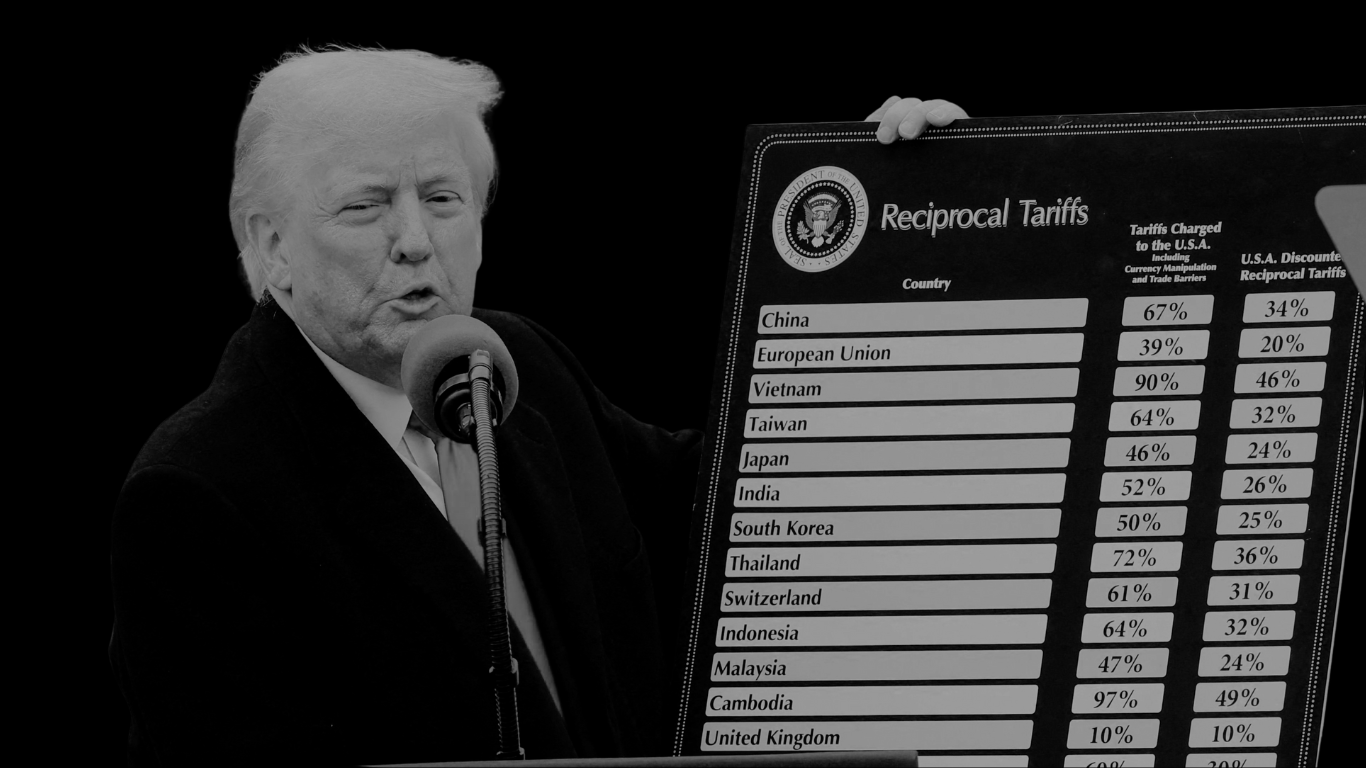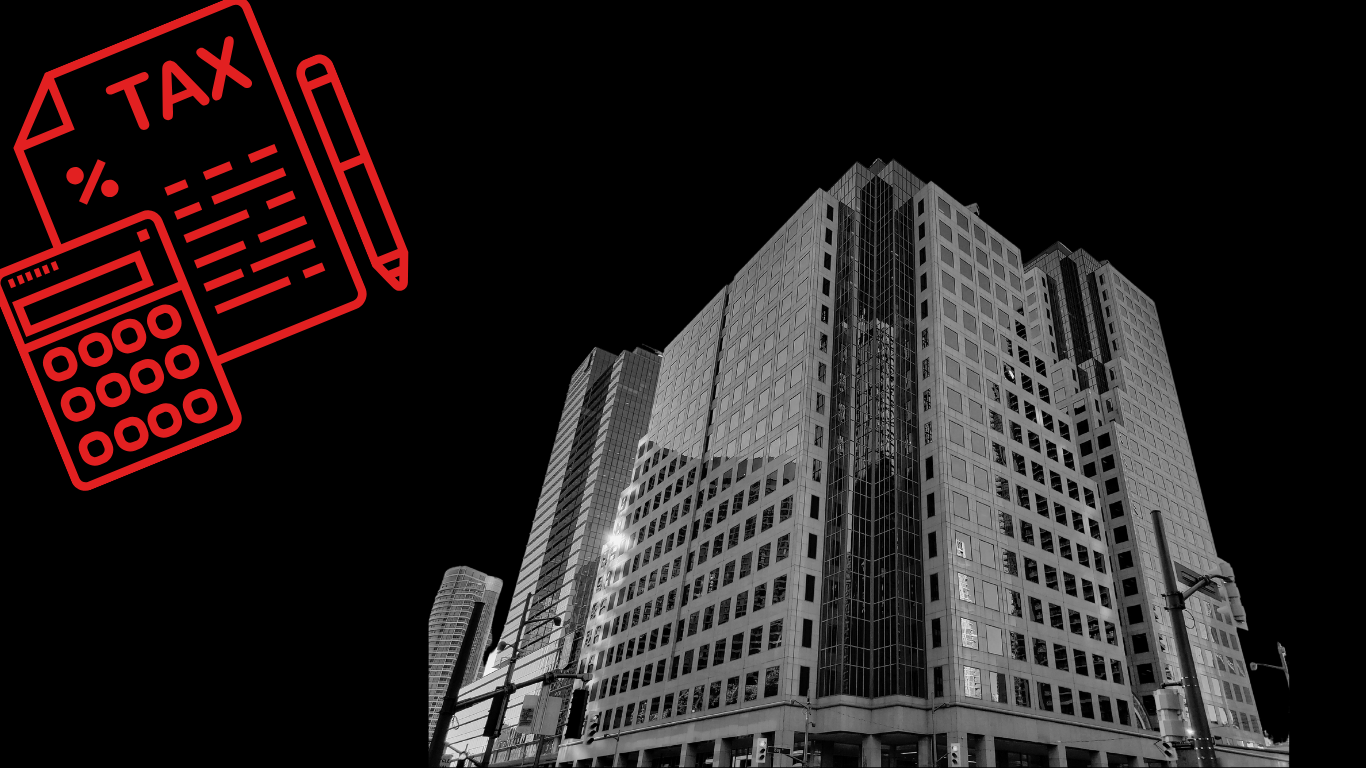The Recovery Loan Scheme is a lifeline for small and medium-sized businesses, offering them accessible financial support. Its mission is simple: to empower SMEs with manageable payments, making finance accessible to UK businesses.
Originally backed by the Secretary of State in 2021, the scheme has evolved through multiple iterations. Now in its third version, eligibility criteria and application processes have shifted. As of 2023, you’ll find it available through a select group of lenders. Here’s what the scheme brings to the table:
- Up to £2 million per business group
- Up to £1 million for business groups under the Northern Ireland Protocol
We break down the scheme’s ins and outs, its eligibility, and provide some comparative analysis as to how it weighs up against standard business loans offered by financial lenders…
What’s the Recovery Loan Scheme All About?
The Recovery Loan Scheme (RLS) emerged as a government response to COVID-19’s impact on businesses. It stepped in for two previous schemes: the Coronavirus Large Business Interruption Loan Scheme (CLBILS) and The Bounce Back Loans Scheme (BBLS).
Introduced on 6th April 2021, the RLS was designed to support businesses of all sizes in navigating uncertain economic times. Since its inception, the government has extended the scheme three times, introducing some changes along the way.
The government recently extended the Recovery Loan Scheme’s lifeline until June 2024.
In August 2022, the then Secretary of State (Kwasi Kwarteng) unveiled the latest version, ensuring continued support for SMEs. As for its fate beyond 2024, that’s anyone’s guess.
Meet the New Recovery Loan Scheme (RLS) – AKA RLS 3.0
If you’re eyeing a recovery loan in 2023, you’ll notice that your options are limited. RLS loans aren’t on the table for most folks, thanks to the British Business Bank’s strict lender approval process.
The new RLS iteration, otherwise known as RLS 3.0, maintains its support for businesses but with some notable changes. Under the latest rendition, lenders must first extend their own lending products. Moreover, the RLS primarily targets businesses that wouldn’t meet typical lending criteria. Factors like business credit score, trading history, turnover, or homeownership status can naturally impact eligibility and conditions.
Lenders will only offer you an RLS loan if you fall short of their usual business loan criteria. This means the scheme is less accessible than in previous years.
How Does the Recovery Loan Scheme Operate?
The Recovery Loan Scheme steps up to help small and medium-sized businesses secure the financing they need to thrive and invest. The funds can serve various purposes, from managing cash flow to fuelling investments.
Here’s what’s on offer:
- Up to £2 million per business group.
- Up to £1 million for business groups affected by the Northern Ireland Protocol.
The actual amount you secure hinges on the lender’s decision. Four types of finance are currently available under the RLS:
- Term loans (£25,001–£2 million, up to 6 years)
- Overdrafts (£25,001–£2 million, up to 3 years)
- Invoice finance (£1,000–£2 million, up to 3 years)
- Asset finance (£1,000–£2 million, up to 6 years)
The government backs 70% of the finance, but remember, you’re fully liable for the debt as the borrower. Approved lenders, listed on the British Business Bank’s website, offer RLS loans. However, due to scheme changes, most lenders now offer RLS alongside standard business loans.
It’s worth noting that lenders may request personal guarantees for facilities of any size, but your primary residence can’t be used as security.
What’s the Loan Duration for RLS?
The duration of your facility hinges on the finance type:
- Loans and asset finance: Up to 6 years
- Overdrafts and invoice finance: Up to 3 years
Who’s Eligible for RLS?
If your UK-based business has a turnover of £45 million or less and is viable (i.e. not in any kind of financial or operational difficulties), you might be eligible. Almost any SME can apply, with the exceptions of banks, building societies, insurers, and state-funded schools.
All applicants must pass lenders’ standard credit and fraud checks. As long as you clear these hurdles, you could be eligible.
The Pros and Cons of the Recovery Loan Scheme
The Recovery Loan Scheme (RLS) brings some clear advantages:
- It fuels business growth and investment.
- Loans are accessible through approved lenders.
- Varied financing options are available.
- The government provides lender guarantees, reducing risk.
However, there are a few disadvantages to RLS 3.0:
- Meeting lender criteria and passing credit checks is a must.
- RLS funds are not grants; you’re fully responsible for the debt.
- Funding might not suffice for larger enterprises.
- Interest rates can be higher than traditional business loans.
- The scheme has an expiration date, and its future is uncertain.
In summary, the RLS has offered and continues to offer vital support during challenging times. Still, it’s crucial to weigh its terms against traditional business loans.
Recovery Loan Scheme vs Business Loans – What’s Best?
Currently, RLS providers prioritise regular loan products. However, they can use the RLS Government Guarantee to serve businesses outside their usual criteria. So, what sets RLS apart from a business loan?
Business loans come in many forms and are generally more widely available than RLS. Alternative lenders are often more lenient with SMEs facing cash flow challenges compared to traditional banks. Fortunately, our dedicated Corporate Finance department possess ties to numerous esteemed lenders, and can facilitate the perfect, tailored funding match for your needs.
We’ve worked with thousands of businesses who require additional funding in their business, a very normal and regular process in all aspects of business. Our experienced team offer hands-on assistance through the process of raising capital, from initial assessment and strategy to successful execution. Using clear and consistent communications, we produce financing strategies, which include identifying and evaluating financing options and help you select these to create the optimal capital structure for your business.
With the breadth of lenders we work with, we are confident we can find options for all eventualities and business circumstances, whether that is funding to expand and grow or to sustain and stabilise.
Going back to the RLS, it’s evident the limitation in selecting lenders, whilst the scheme usually lacks flexible terms like repayment holidays or loan top-ups. Exploring business loan options may provide more substantial funding and potentially better interest rates, so explore all your choices before deciding.
How To Apply For A Business Loan?
Several pandemic-era schemes have closed, but if you’re ineligible for RLS, don’t despair. A business loan can help ease cash flow, hire staff, or expand your inventory and as such your business. As stated, corporate finance is one of our fortes here at Nordens, so please get in touch with us to discuss your options.
With business loans, monthly repayments might be more manageable than you expect. Plus, it opens doors for entrepreneurs to pursue their visions and drive their ventures forward.
We hope this has outlined to you the details behind the Recovery Loan Scheme 3.0 and how it compares to business loans from financial lenders. If you’d like to know any further information, or anything accounting-related, please do not hesitate to get in contact with us at Nordens, where one of our trusted advisors would be happy to talk you through your query.









































































































































































































































































































































































































































































































